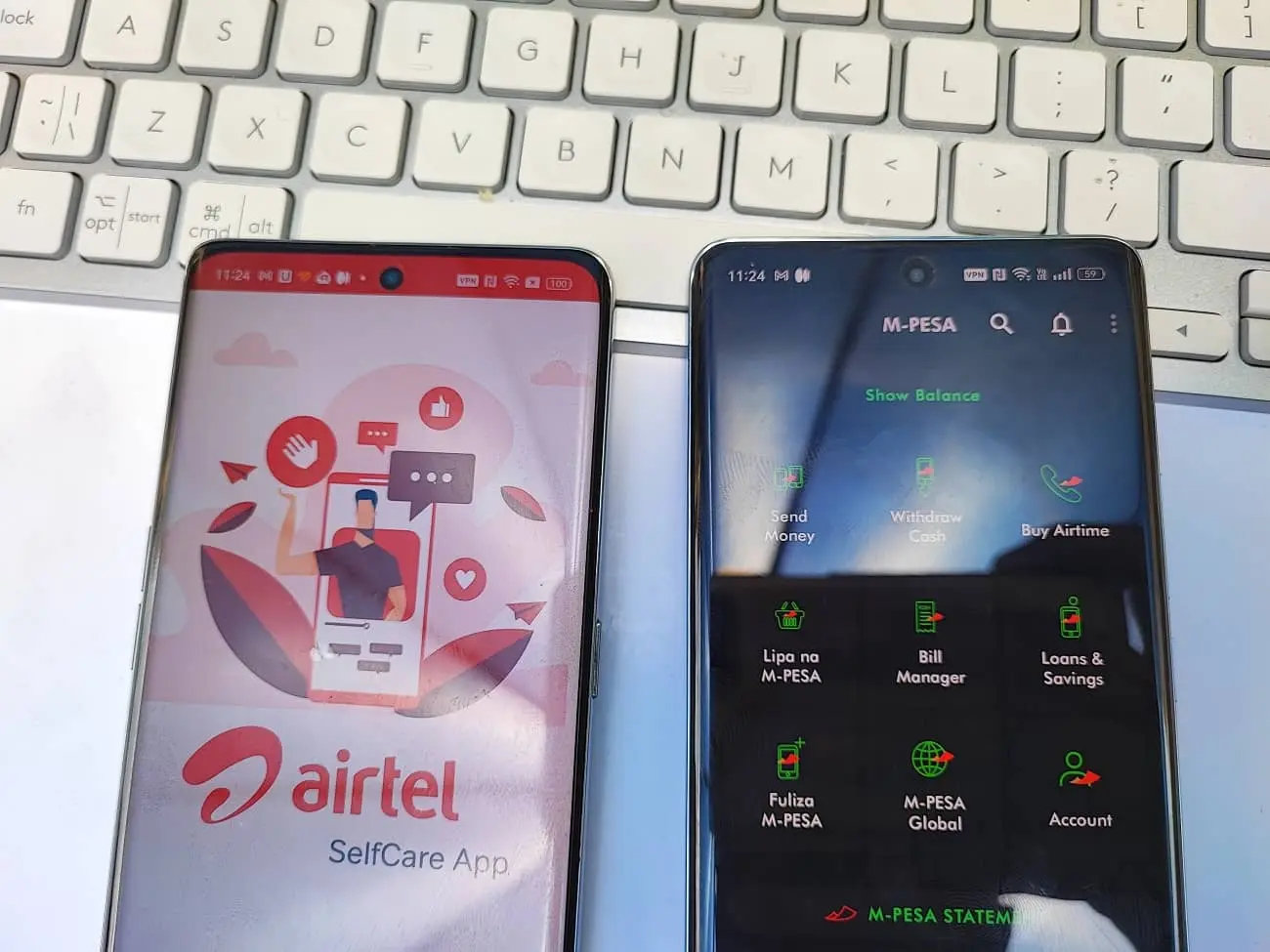According to the latest Global Findex Database 2024 by the World Bank, 49% of young Kenyan adults now rely exclusively on mobile money accounts, compared to just 41% who use traditional banks. On the other hand, 48% of older adults are banking formally and 42% using only mobile accounts.
This 7-point generational gap reveals a deeper shift in how young Kenyans interact with financial services.
“In Kenya, the region’s pioneer in mobile money, 32 percent of adults or 86 percent of formal borrowers—borrowed from their mobile money providers,” the report notes.
Why Mobile Money is Winning
The appeal is very simple since mobile money provides access, speed, and ease of use.
Platforms like M-PESA, Airtel Money, and T-Kash offer more than just transfers. They also bundle interest-bearing savings and credit products and this helps to win many young users from banks and opt for more intuitive digital wallets. At the moment, 32% of Kenyan adults saved exclusively via mobile money in 2024. This is up from 22% in 2021. On the other hand, those saving exclusively with banks dropped from 8% to just 4%.
Mobile money is also becoming the default salary channel. About 80% of private sector wages are now received digitally. This shows the dominance of mobile-first financial services.
TechArena’s Take – What This Means for Banks and Startups
- Banks Need to Reimagine Relevance
This isn’t just about youth preferring mobile, it’s about institutions needing to meet users where they are. APIs, mobile-first experiences, gamified savings, and seamless integrations with daily life will be important if these institutions want to win back Gen Z and Millennials. - The Rise of Digital Credit Histories
As mobile-based borrowing grows in popularity, it means mobile money platforms now hold some of the richest behavioral credit data in Kenya. The market should expect AI-driven lending models and alternative scoring systems to deepen in the coming years - Opportunity for Fintechs
This is fertile ground for neobanks, digital wallets, and embedded finance startups. Products that merge payments, savings, credit, and insurance under one mobile-first roof will be popular with this demographic.
With the growth in digital borrowing, the gender differences remain stark. Men are 16% more likely to borrow compared to women. This is mostly driven by school fees and business expenses.
This offers fintech innovators an opportunity to develop more inclusive lending models and women-centric financial products.
Scams and Digital Risks
As digital wallets grow in popularity, we cannot ignore the risks. Over half of Kenyan mobile users have received scam messages. Even with that, only 2% admit to falling for them, which is encouraging. This shows the need for user education, robust fraud detection systems, and AI-powered scam prevention tools.
The Big Picture
With over 94.6 million deposit accounts reported by Kenyan banks and an even higher number on mobile platforms (due to multiple accounts), Kenya is a global leader in mobile money innovation.
The youth are driving this shift as they ditch legacy systems. Most of them prefer using a more accessible, digital-first future. Financial institutions that fail to adapt to this mobile-led transformation risk losing their market share.
Also Read: How to Send Money From M-Pesa to Airtel Money



